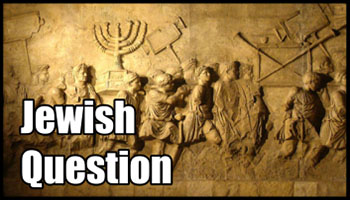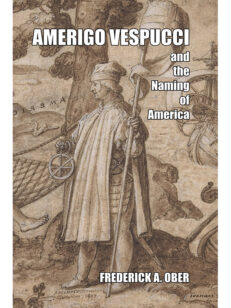Description
By Frederick A. Ober. The continent of “America” is named not after Christopher Columbus, but rather his contemporary navigator and explorer, Amerigo Vespucci—and this book tells his story, and how his name came to be given to the New World.
Drawing heavily upon Vespucci’s own writings, this work provides a little-known insight into the background, voyages, discoveries and life of the Florence-born explorer, who ended his life as the “pilot navigator” of Spain.
In that position—the most senior post in charge of mapping out the new world—Vespucci’s genius was acknowledged across Europe, and the accuracy of his maps superseded all others.
Vespucci not only mapped out vast areas of the New World, but also personally undertook at least four major voyages of discovery himself, working alternatively for the Spanish and Portuguese crowns.
Never taking any personal credit or wealth, Vespucci’s low-key approach meant that he was overshadowed by the more outgoing explorers of his age—men such as Columbus—yet, as his papers show, he knew them all and provided much valuable knowledge to all those who asked him.
Finally, in a move which would have been as much a surprise to himself as anyone else, the continents of both North and South America were named after him—because of a strange quirk of history, described in full in this book.
About the author: Frederick Albion Ober (1849–1913) was a self-educated American naturalist who won fame exploring the Lesser Antilles, where he discovered 22 bird taxa. Two of these, the Lesser Antillean flycatcher and the Montserrat oriole – were named in his honor. He then journeyed through central America researching the history of that region, an adventure which provided the material for a number of highly successful books. He was elected a member of the American Antiquarian Society in 1893, and was a co-founder of the Explorers Club.
Contents
I: Young Amerigo and His Family 1451–1470
II: Amerigo’s Friends and Teachers 1470–1482
III: Vespucci’s Favorite Authors 1485–1490
IV: In the Service of Spain 1490
V: Conversations with Columbus 1492 Or 1493
VI: Vespucci’s Debatable Voyage 1497–1498
VII: Vespucci’s “Second” Voyage 1499–1500
VIII: With Ojeda the Fighter 1499
IX: Cannibals, Giants, and Pearls 1499–1500
X: Famous Fellow-Voyagers 1497–1500
XI: On the Coast of Brazil 1501–1502
XII: The “Fourth Part of The Earth”
XIII: The Fourth Great Voyage 1503–1504
XIV: King Ferdinand’s Friend 1505–1508
XV: Pilot-Major of Spain 1508–1512
XVI: How America Was Named 1504–1541
Illustrations
Amerigo Vespucci frontispiece
A Conjectural Restoration of Toscanelli’s Map
Marco Polo
Ojeda’s First Voyage
Routes of the Discoverers
North America From The Globe Of Johann Schöner
176 pages. Paperback.



























